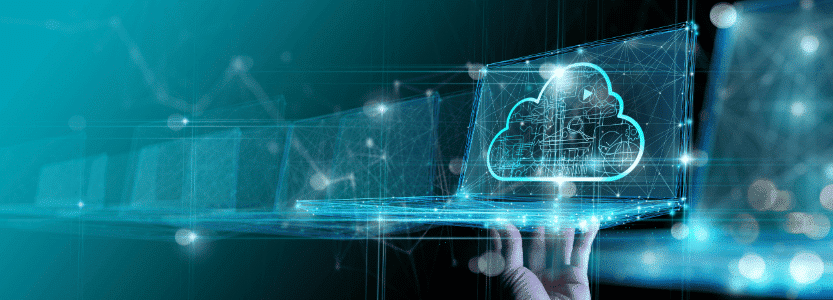What do I need to ask my software company about Making Tax Digital (MTD)?
Updated 13th August 2024 | 5 min read Published 3rd August 2022

The accountancy profession has been grappling with slow, inefficient systems for years and with MTD for ITSA fast approaching, it’s now critical to review processes.
Research recently revealed MTD is keeping accountants awake at night with only 25% having the right tools to support clients with their transition to MTD.
The future-fit accountancy practice is one that successfully manages change and digitises workflow processes, enabling staff to work smarter and evolve the client experience.
Now is the time to take advantage of the cloud, automation, full integration and a single client database that is shared across the practice, so accountants can create better economies of scale.
The question is, where to begin? These are the three main questions accountants should ask software providers to best position themselves to succeed when it comes to MTD.
Is this software cloud native?
Cloud technology is now the chosen approach for many practices because it brings enhanced efficiency, affordability, ease of use and is always up to date.
That’s critical in helping firms stay compliant with and manage MTD.
Accountants can not only streamline services but also act smart and remain flexible. This flexibility is essential for both responding to external regulatory or compliance changes, but also to work with any software and technology that clients are using.
Customers can still use their preferred bookkeeping package or spreadsheet and aren’t limited to a single software provider.
What are the automation capabilities?
Automation enables accountants to prepare their clients for MTD.
The key component is to utilise tools that give access to accurate data on a single client database, integrated with other apps.
Specialist tax compliance software streamlines processes like tax returns, saving time and reducing the risk of error, all by automating tax calculations using single client database.
Freed from time-consuming admin and manual tasks, accountants can focus on value-add services like advisory, which ultimately helps them cross-sell services to clients and grow their business.
Customer story: Is the grass always greener? CCM return to IRIS
Read hereWill this software offer complete visibility?
Transparency is key for accountants to effectively handle MTD and eloquently manage client expectations.
Cloud-based Practice Management software can help achieve this.
It enables practices to systemise regular contact between both parties, place client information at an accountant’s fingertips and create a step-change in their practice’s ability to deliver MTD.
MTD is the future of accountancy. By digitising and creating efficiencies across their practice, accountants can work smarter and help their clients to future-proof their business.
Harnessing automation to streamline tax management and create a single source of truth means accountants will put their clients in the best position to comply with MTD.










